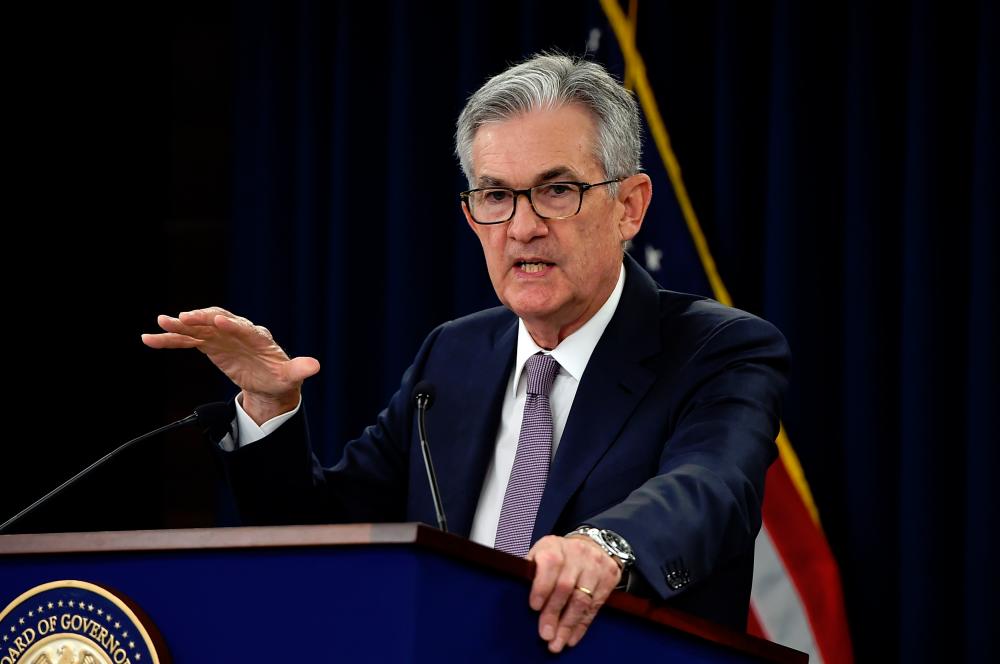NEW YORK/WASHINGTON: The Federal Reserve (Fed) on Wednesday made only minor changes to help it better manage its benchmark interest rate after the US central bank briefly lost control of it earlier in the week.
But it signalled that before long the Fed may take the bigger step of slowly bulking up its balance sheet to try to keep the problem from cropping up again.
Turmoil this week in funding markets briefly pushed overnight bank-to-bank lending rates above the US central bank’s target range and forced the New York Fed to step in with its first emergency injections of liquidity since the financial crisis.
For the “foreseeable future”, Fed chair Jerome Powell said on Wednesday, the Fed will rely such repurchase operations whenever needed to ensure banks have enough cash to fund their daily needs.
And to make sure any future funding crunches don’t push the Fed’s policy rate above the new range of 1.75% to 2% set on Wednesday, the Fed also lowered the interest it pays on excess bank reserves (IOER) to 1.8% and set its offering rate for any emergency repo operations at 1.70%, five basis points below the bottom of the new target range.
The IOER and the repo rate function as guardrails for the Fed’s policy rate, and the adjustments were aimed at giving the central bank tighter control over the underlying policy interest rate it uses to influence financial conditions in the United States and globally.
It did not, however, address what some analysts say is the underlying problem – a scarcity of bank reserves that can only be addressed if the Fed again expands its portfolio of bond holdings.
In his news conference, Powell said the Fed would be closely monitoring the level of reserves in the system to figure out whether that is the root issue, and will be “revisiting that question during the intermeeting period and certainly at our next meeting”.
“It is certainly possible,” he added, “that we will need to resume the organic growth of the balance sheet earlier than we thought.”
The Fed’s balance sheet – comprised largely of its holding of Treasuries and mortgage-backed securities – peaked at about US$4.25 trillion in 2015 and 2016 before the Fed began shrinking it as the economy improved. It stood at about US$3.7 trillion (RM15.5 trillion) on Sept 11.
Meanwhile, the level excess reserves has fallen as well, to about US$1.4 trillion from US$2.4 trillion in September 2017. – Reuters










